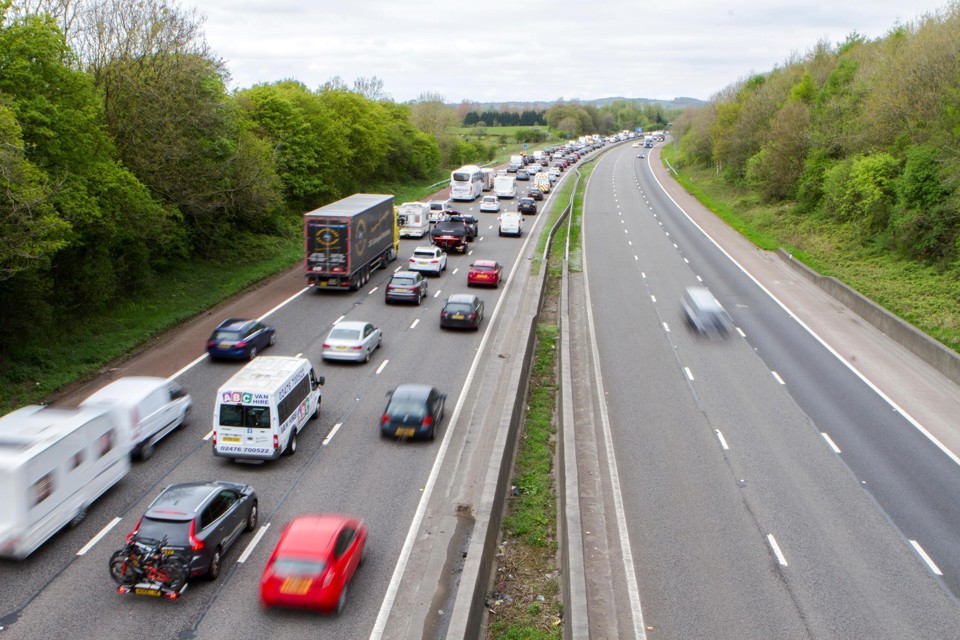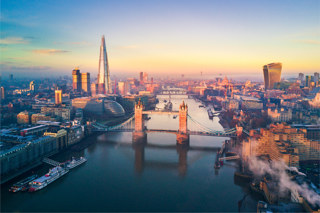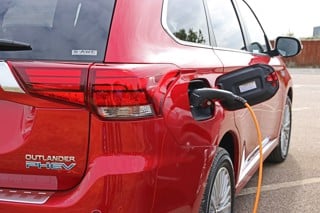Car use is expected to stay at 10% below pre-pandemic levels, according to The AA.
The latest figures to be released from the Department for Transport show that car use remains below pre-Omnicron levels, despite the Government’s advice to return to work.
Prior to the new covid strain, car use had returned to above 90% but on Monday and last week it hovered between 85% and 88%.
“It is beginning to look like car travel will settle close to 10% below pre-pandemic levels, almost its own version of long covid,” said Jack Cousens, the AA’s head of roads policy.
“The continued fall in use of public transport, with many travellers probably opting for their cars instead, suggests that car travel will eventually either stick at 10% below or even less. As more of those commuters and other travellers return to trains and buses, that car travel may decline further.”
Rail travel is struggling to get close to 60% of its pre-pandemic level and bus travel still more than 25% below normal levels.
Cousens added: “With more employers allowing hybrid working, the shape of traffic has changed too with quieter morning and evening rush hours. The car travel legacy of covid may be that it got drivers into habits that will endure, such as online shopping and often chatting with relatives and friends online instead of going round to their homes.
“City transport authorities are targeting car drivers with punitive charges and taxes, they say to cut car use. Scotland aims for a 20% reduction by 2030. With new travel trends suggesting they may already be close to half way there, the case for measures like the Workplace Parking Levy tax on workers is considerably weakened. Bristol and Reading have come to see this.”























Login to comment
Comments
No comments have been made yet.